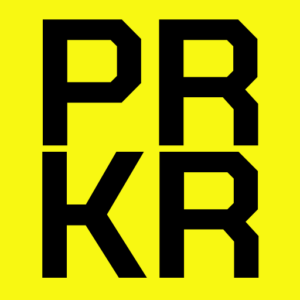To do media monitoring, start by selecting the right tools tailored to your needs, like Mentionlytics or Brandwatch. Configure these tools with relevant keywords related to your brand and competitors. Set alerts for real-time notifications and track mentions across various media types. Regularly analyze the coverage to gauge audience sentiment and stay on top of any negative feedback. This helps you manage your reputation effectively. Keep adapting your strategies based on ongoing insights and competitor activities. With these initial steps, you’ll create a solid foundation, and there’s plenty more you can discover to optimize your monitoring efforts.
Introduction to Media Monitoring

Media monitoring is all about keeping tabs on what’s being said about your brand across various platforms.
It’s essential for understanding public perception and managing your reputation effectively.
What is Media Monitoring?
Monitoring media is a crucial practice for businesses aiming to stay informed about their brand’s presence and public perception.
Media monitoring involves scouting various types of media, including social media, online news platforms, and traditional media outlets like newspapers and TV. By utilizing a solid media monitoring strategy, you can effectively track brand mentions, audience sentiment, and competitor activities.
The importance of media monitoring lies in its ability to provide valuable insights into how your brand is perceived in the ever-changing media landscape.
With the right media monitoring tool, you can streamline your efforts and get real-time updates on critical mentions. This encompasses both digital and print media, allowing a comprehensive understanding of your brand’s visibility.
Why Media Monitoring is Essential
Staying on top of your brand’s presence in the media landscape is crucial for success. The media monitoring importance can’t be overstated; it helps you manage your reputation effectively by keeping tabs on what’s being said about your brand. By monitoring the media, you gain insights into audience sentiment, allowing you to address negative feedback promptly and proactively.
Moreover, media monitoring offers significant advantages in market research and competitive analysis. You can identify trends and gaps in the market, enabling you to adapt your strategies accordingly. Understanding how competitors are positioned helps you refine your own monitoring strategy, ensuring you stay ahead in your industry.
To achieve the best practices in media monitoring, you need to define your monitoring needs clearly. This approach will help you select the right tools and techniques for effective tracking. Regularly reviewing your monitoring data allows for continuous improvement, ensuring that your strategies align with evolving market demands.
Ultimately, effective media monitoring equips you with the insights necessary to make informed decisions that bolster your brand’s success.
Setting Up Your Media Monitoring

To set up your media monitoring effectively, start by choosing the right tools that fit your specific needs.
Once you’ve selected your tools, configure the monitoring parameters to capture relevant data, like brand mentions and industry keywords.
This will ensure you gather actionable insights tailored to your business goals.
Choosing the Right Tools
Selecting the right media monitoring tools is crucial for effective brand management and insights. When you’re setting up your media monitoring, consider the scope of your needs, your budget, and the features needed for optimal results. The right monitoring software helps you track brand mentions across various platforms, ensuring you’re always in the loop.
Here’s a comparison of some popular media monitoring tools to help you decide:
| Tool Name | Key Features | Pricing Model |
|---|---|---|
| Mentionlytics | AI-driven tracking, sentiment analysis | Starts at $69/month |
| Brandwatch | Comprehensive analytics | Essential plan starts at $108/month |
| BrandMentions | Cross-channel monitoring | Pricing begins at $99/month |
| Meltwater | Media intelligence specialization | Contact for pricing |
A solid media monitoring solution not only provides real-time media monitoring but also helps in analyzing competitor activities and audience sentiment. Ensure you choose tools that align with your specific needs, allowing for a seamless media monitoring setup that drives actionable insights.
Configuring Monitoring Parameters
Setting up your media monitoring tools involves configuring key parameters to ensure you capture the most relevant data. First, choose the right media monitoring tool that can track media across various outlets, including social media platforms.
Effective media monitoring starts with configuring keywords that reflect your brand, industry, and competitors. This will help you gather insights about important conversations.
Next, set alert criteria to receive real-time notifications when your specified keywords are mentioned. This proactive approach allows you to respond swiftly to any brand-related discussions.
Additionally, you need to define the scope of monitoring by selecting which types of media to focus on, whether it’s print, broadcast, or digital channels.
Monitoring tools can help streamline this process by offering features like sentiment analysis and historical data tracking.
Ultimately, media monitoring is the process of continuously gathering and analyzing data to improve your strategies. By configuring these parameters correctly, you ensure your media monitoring efforts yield actionable insights that can guide your PR and marketing strategies effectively.
Key Practices in Media Monitoring

When it comes to media monitoring, effective keyword selection is crucial for capturing relevant insights.
You’ll want to analyze your media coverage to understand how your brand is perceived across different platforms.
Effective Keyword Selection
Choosing the right keywords and phrases can make or break your media monitoring efforts. Effective keyword selection is crucial for ensuring your media monitoring and analysis yield valuable insights without flooding your system with irrelevant data.
Start by identifying specific terms related to your brand, industry, and competitors, focusing on both broad and niche keywords. This targeted approach helps you capture earned media coverage across various media channels.
Utilize social media monitoring tools to refine your keyword strategy. Look for trending phrases and industry jargon that resonate with your audience. Incorporate variations and synonyms to broaden your reach while maintaining relevance in your monitoring efforts.
It’s essential to regularly review and adjust your keywords, as trends and conversations evolve. The best media monitoring tools offer features that allow you to set alerts and track performance metrics, helping you stay ahead of key discussions.
Analyzing Media Coverage
Analyzing media coverage is essential for understanding how your brand is perceived across various channels. This process involves examining various aspects of your media monitoring report to gauge public sentiment and identify trends.
Media monitoring allows you to gather insights that can guide your brand strategy effectively.
Here are some key practices for analyzing media coverage:
- Sentiment Analysis: Evaluate the emotional tone behind social media posts and media content to determine how your audience feels about your brand.
- Trend Identification: Look for patterns in the data that signal shifts in public opinion or emerging topics relevant to your industry.
- Competitor Analysis: Understand how competitors are discussed in the media to adjust your strategies accordingly.
- Engagement Metrics: Monitor likes, shares, and comments to measure how well your content resonates with your audience.
- Crisis Monitoring: Stay alert for negative mentions to address potential crises before they escalate.
Leveraging Media Monitoring Insights

To truly benefit from media monitoring, you need to apply its insights directly to your public relations and marketing strategies.
By understanding audience sentiment and brand perceptions, you can craft targeted campaigns that resonate more effectively.
Additionally, these insights play a crucial role in crisis management, allowing you to respond swiftly and appropriately to any negative mentions before they escalate.
Enhancing Public Relations and Marketing
Effectively leveraging media monitoring insights can significantly enhance your public relations and marketing strategies. By utilizing a media monitoring tool, you can gain valuable insights into how your campaigns perform across multiple media channels, including traditional and digital media.
This approach is crucial because media monitoring is important for understanding public sentiment and identifying potential issues before they escalate.
Here are some key benefits of media monitoring:
- Real-time feedback: Quickly assess audience reactions to campaigns.
- Targeting improvements: Refine your messaging based on audience engagement.
- Competitor insights: Monitor competitor activities to stay ahead in the market.
- Influencer identification: Find key voices in your industry for collaboration.
- Crisis prevention: Address negative mentions proactively to protect your brand.
To get started with media monitoring, focus on online monitoring and social media channels. By tracking brand mentions and sentiment, you’ll effectively gauge public perception and improve your PR and marketing strategies.
Crisis Management and Response
In times of crisis, timely media monitoring can be your best ally in identifying potential threats before they escalate. To start monitoring effectively, get familiar with a media monitoring guide that emphasizes the importance of capturing brand mentions across various platforms.
Leverage media monitoring to track not just traditional outlets but also include social media monitoring, as many crises originate from online discussions.
When getting started with media monitoring, know what media monitoring entails: it’s about understanding audience sentiment and gauging the public’s reaction. By using media monitoring to track relevant keywords and conversations, you can swiftly identify issues that may harm your brand.
Monitoring is often the first step in crisis management. Develop a strategic response based on insights gained from your media monitoring efforts. This proactive approach allows you to mitigate negative impacts before they spiral out of control.
Advanced Techniques and Best Practices

To elevate your media monitoring game, consider integrating your monitoring efforts with other business systems like CRM and marketing platforms.
This connection not only streamlines data flow but also enhances your ability to adapt and improve based on real-time insights.
Integrating Media Monitoring with Other Business Systems
Integrating media monitoring tools with other business systems, like CRM and marketing automation platforms, can significantly boost your operational efficiency.
By streamlining data from various sources, you can gain a holistic view of your brand’s performance across multiple media channels. Media monitoring lets you track brand mentions and audience sentiment, while CRM integration ensures that this information feeds directly into your customer engagement strategies.
Here are some best practices for effective integration:
- Centralize Data: Combine insights from social monitoring and broadcast media monitoring for a unified view.
- Automate Alerts: Set up notifications for critical mentions or trends, ensuring timely responses.
- Leverage Analytics: Use analytics from multiple media sources to inform marketing strategies and campaigns.
- Track Competitor Activity: Monitor competitors’ media presence alongside your own for strategic insights.
- Utilize Free Trials: Many tools offer a free trial, allowing you to find the best media monitoring solution for your needs.
Continuous Improvement and Adaptation
Continuous improvement in media monitoring is crucial for adapting to the ever-evolving landscape of communication and brand perception. To stay ahead, you need to regularly evaluate your strategies and refine your approach.
Start by ensuring you find the right media across a range of platforms, including print media, social media, and podcasts. Use monitoring tools that facilitate listening and monitoring across multiple media channels, so you capture all relevant insights.
Implement advanced techniques like sentiment analysis to gauge audience reactions effectively. By analyzing responses from various sources, you can identify trends and adjust your tactics accordingly.
It’s also essential to track competitor activities; understanding their media presence can help you pivot your strategies.
Don’t forget the importance of setting up alerts for real-time updates, which can enhance your responsiveness.
Regularly review your monitoring processes and adapt based on historical data to ensure you’re always aligned with current business objectives. Continuous improvement is about being proactive, so leverage insights to optimize your media monitoring, keeping your brand’s perception in check and your strategies effective.
Conclusion
In conclusion, mastering media monitoring is essential for enhancing your brand’s visibility and reputation. By setting up effective monitoring systems and leveraging the insights you gather, you can stay ahead of industry trends and audience sentiment. Remember, it’s not just about tracking mentions but also about adapting your strategies for growth. Embrace these techniques and tools, and you’ll be well-equipped to engage your audience and navigate the challenges of the ever-evolving media landscape.


